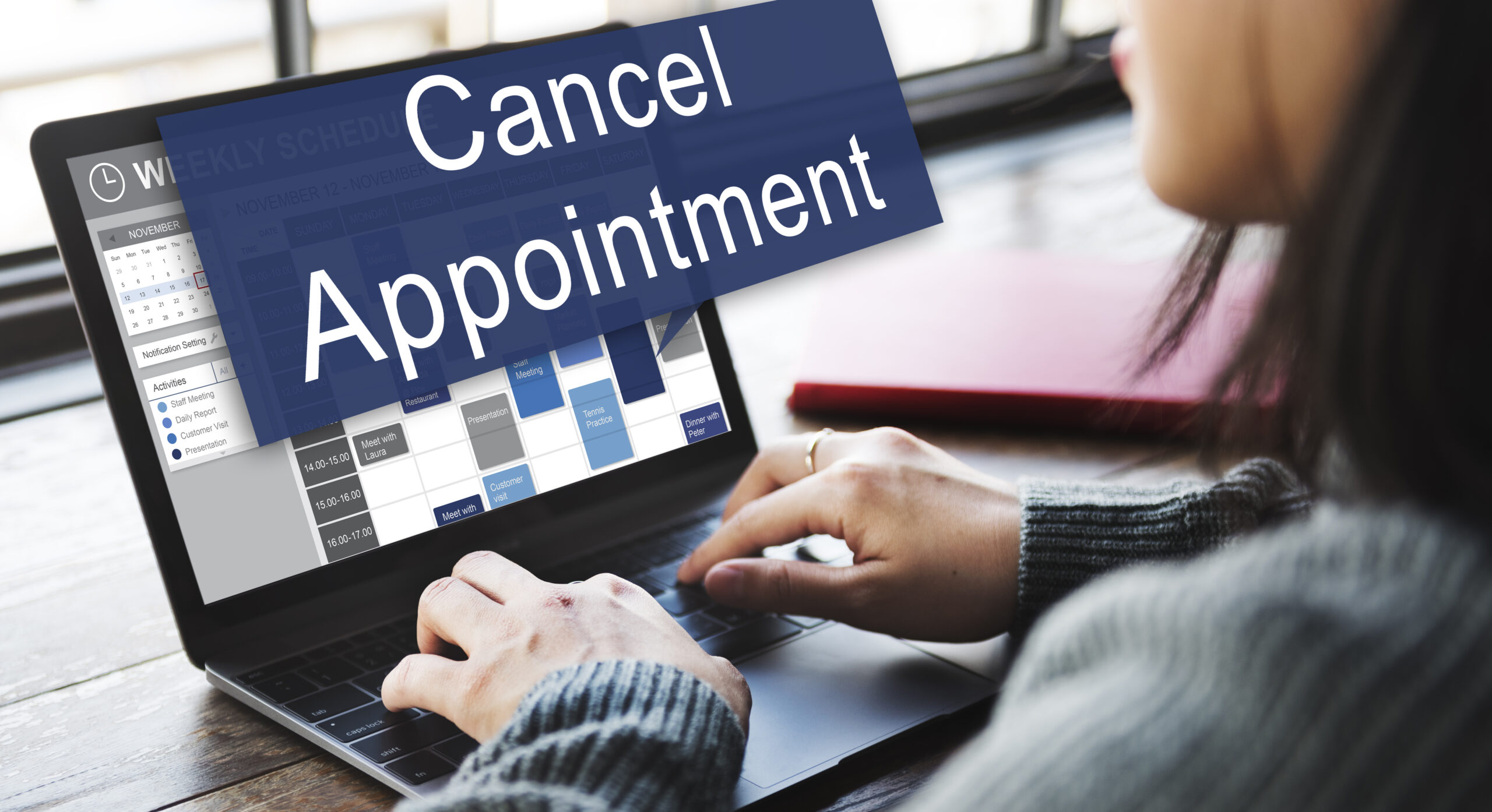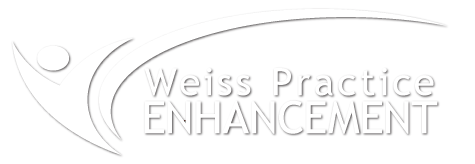You Write, You Text, You Email: What to Do When the Dental Patient Doesn’t Return Your Love
How do you handle dental patients who don’t return your love or even respond to your office’s messages? Of course, you want your patients to value their dental care as much as you do. But, well… sometimes they don’t. In many practice’s reactivation consists of the following automated activities:
- Texts
- Emails
- Postcards
If you’ve read the previous article, “How to Reactivate Dental Patients Despite COVID without Scaring, Pressuring or Begging Them” then you know that sending pre-written electronic communication isn’t the most effective way to inspire patients to appoint. Patients don’t read a message that essentially says, “You are overdue for your cleaning” and think “Wow! I totally need to call the office right now!” You will need to have a more personalized connection with the patient and that usually means making phone calls.
In the previous article I outlined what to say to reluctant hygiene patients when you get them on the phone. But what should you do if the patient doesn’t even answer the phone? What do you do then?
Setting Yourself Up for Success
First of all, there are things you should be doing right now, with the patients who are currently in your office to maximize your future communication with them. It is extremely simple but critically important.
When your current patients entered your practice, you got their communication preferences from them. That was great, but that might have been years ago. Is anyone on your team asking your patients of record if those numbers/addresses have changed? I love my dentist but he doesn’t have my cell phone number or current email. He sent those “you’re overdue” emails during COVID to my AOL account! In eight years, no one has asked me if my preferences have changed.
Tip #1
From this moment forward, when your patient is in the office making the next appointment, the team member should ask: “What phone number and email would you like us to use to contact you?”
And given that people are now working from home, you can even be more specific. “What number should we use to contact you during the day?”
Here is a critical next step in terms of process: Date the contact information so your office doesn’t repeatedly ask the patient for an update. Establish a protocol that you ask once a year.
Tip #2
If you want to maximize the chances that the patient will answer the phone, the patient needs to know who is calling. When I get a call from an 800 number or my caller ID says, “number unavailable” I do not pick up the phone. I bet your patients, who are sick of telemarketers, don’t either. So, the patient might hear the phone ring, not recognize the number and let it go to voicemail. You do not want that to happen. Call from a number the patient will recognize.
A suggestion is that while the patient is in the office, text your number to the patient’s cell phone so the patient will recognize it in the future. In addition, you will need to confirm with your carrier that your name is showing up for patients with land lines.
What to Say if You Get Voicemail
Your appointment coordinator calls and the patient doesn’t answer. Now s/he needs to leave a message that is general (and legal) and yet also intrigues the patient enough so s/he will call back. Simply saying, “Hey, call us about making an appointment,” is not particularly intriguing. Here is what your team member needs to say:
Script to Leave Message
“Hey, Ms. Patient, it’s Sharyn from Dr. Wonderful’s dental office. Dr. Wonderful and I were talking today and she wanted me to call you about a conversation you had last time you were here. Dr. Wonderful would like you to call back so I can relay that message. I’ll be here until 5:00pm.”
Why is this message great? It’s mysterious. Most patients will ask themselves, “What conversation? I don’t remember any conversation with Dr. Wonderful. What is this about?” If only to satisfy their curiosity, they will call back. In addition, the front desk invoked your name, the dentist, giving this voicemail an air of grave importance. Also, the front desk mentioned that she was only available until 5:00. It is a subtle way of communicating urgency.
Then, What?
Great news. The patient calls back and wants to know what this cryptic conversation with Dr. Wonderful was all about.
Script to Appoint
This script works for uncompleted restorative treatment as well as overdue hygiene appointments.
“I’m so glad you called back. How are you?
Dr Wonderful was reviewing your records and she was concerned about your restorative or hygiene treatment plan. I believe you and Dr Wonderful have talked about how this (restorative/hygiene) treatment is especially important for you because you have XYZ or because you’ve had XYZ treatment in our office.
I believe it’s been (x amount of time) since you were last here. Because this is so important, Dr. Wonderful asked me to see if we can take care of you as soon as possible. What does your schedule look like next week?”
This last question is an example of an assumptive close. You’re not asking the patient, “Do you want to come back?” The front desk is assuming they do and the only real question is to determine logistics.
These techniques do not cost any money and they will enable you to get patients back to your office quicker and more effectively than sending unrequited emails, texts and postcards. As the dentist, your next step will be to share these tips with your team and plan how to implement.




